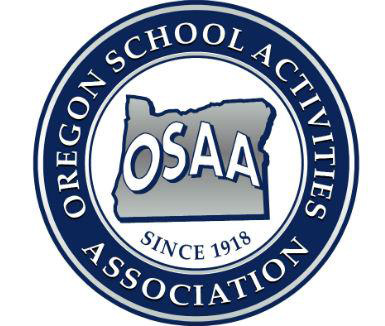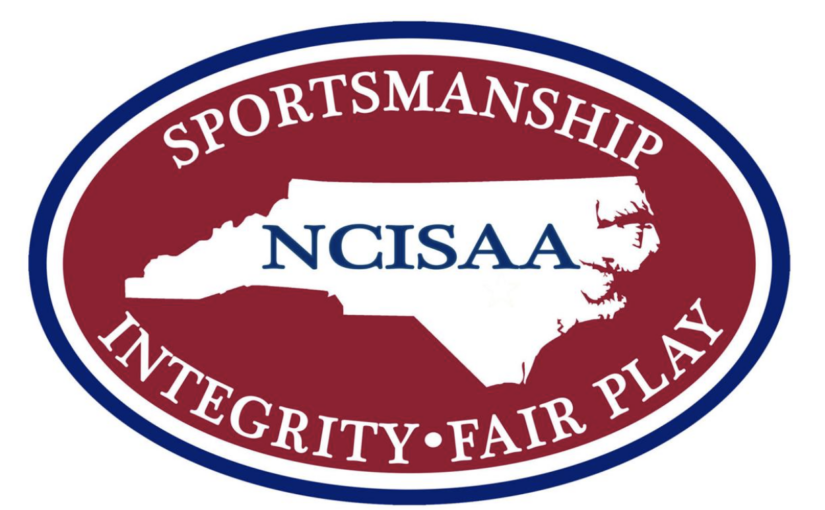Breaking down language barriers with athletes
The U.S. population is changing; be prepared to instruct student-athletes who don’t speak perfect English.
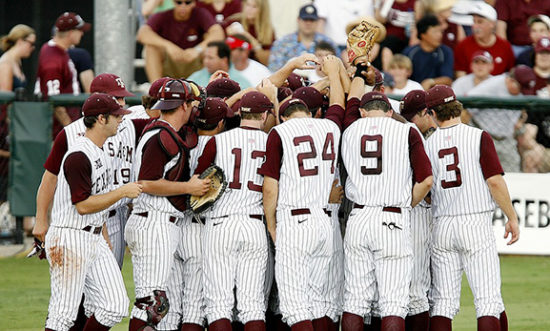
The National Education Association reports that, “America’s public schools enroll about five million English language learners (ELLs) — twice the number from just 15 years ago, and that number is expected to double again by 2015.”
A U.S. Census report from 2007 shows that one in five U.S. residents speak a language other than English at home.While some areas of the country run into this situation more than others, there is a good chance you’re going to be coaching an athlete sometime in the near future who either doesn’t speak English or uses it as a second language. While there are language barriers that do cause some initial issues, many coaches are embracing this new challenge and reporting it has brought their teams closer.
“Our team really rallied around Kat,” said Pamela Wojnar, who coached Kat (a talented Bulgarian teenager) more than 10 years ago when serving as the women’s basketball coach (and athletic director) at Division III Rosemont College outside of Philadelphia. “The personalities of all our team members gelled well. The players understood Kat wanted to play in America and they were happy she chose us. I was happy toohow many 6-foot-3 players fall in your lap at this level.”
“I have found that our ESL (English as a Second Language) athletes do a better job of buying into what I tell them, because they know why they are here and have sacrificed a lot more in many instances than my native-born players,”said Uchenna Faumuina-Eze, a varsity assistant girls basketball coach and head freshman girls volleyball coach at C.D. Hylton High School, a center for international studies and languages in Woodbridge, Va.
Pairing up
A familiar tactic used by coaches at the start of the season is to have a “buddy system” for older players to show younger players the ropes of the program. Coaches with non-English-speaking or ESL athletes on their teams swear by this strategy.
Even at the highest levels of interscholastic athletes, such as Division I Football Bowl Subdivision programs, buddy systems are utilized. Paul Winters, head football coach at Wayne State University in Detroit, located in an area with a large Arab population, says he designs his buddy system so that players of different ethnicities or nationalities are paired as often as possible.
“We have camp buddies and this is a person that a player spends a lot of time with during football camp,” said Winters. “They find new people to learn more about and hopefully become friends with. At the very least, they spend time with different people.
“We work very hard to build one team that has no congregations, either by race or by positions. There is a tendency to stay with players who play the same position or are from the same high school or city.”
Faumuina-Eze said he has a “Big Sister, Little Sister” program that cuts across the entire basketball community at his school. A varsity player pairs with a junior varsity player and a junior varsity player pairs with a freshman.
“We go with a theme of ‘We Are Family’ and having players paired up works well,” said Faumuina-Eze. “The older players make sure the younger ones understand the dynamic of our program. We also use a lot of ice-breakers to push players to know each other better. After a lot of 1-on-1 time, these players become friends and understand each other, regardless of language or background.”
Developing an understanding
Beyond pairing up her players, Wojnar’s entire team participated in welcoming the new player into their program. They wanted to learn from her, as most players had no idea about Bulgarian culture and language. But first, Wojnar had to be sure the player was comfortable in the American setting.
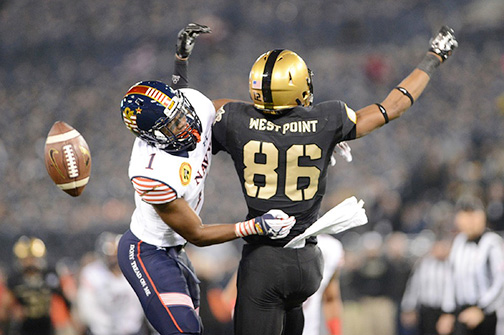 “Kat didn’t speak much English and she was a commuter to our campus during her first year, which made it even more difficult for her as there was another level of disconnect,” said Wojnar. “She took the train to campus every day and the rules state that I was not allowed to provide her a ride. I did make sure our team captains offered her a ride when she needed it. And, if she had an early-morning class or practice, I communicated with my captains again that they should extend an invitation for Kat to stay with them overnight. Kat was understandably shy at first but having players reach out to her helped.”
“Kat didn’t speak much English and she was a commuter to our campus during her first year, which made it even more difficult for her as there was another level of disconnect,” said Wojnar. “She took the train to campus every day and the rules state that I was not allowed to provide her a ride. I did make sure our team captains offered her a ride when she needed it. And, if she had an early-morning class or practice, I communicated with my captains again that they should extend an invitation for Kat to stay with them overnight. Kat was understandably shy at first but having players reach out to her helped.”
Wojnar adds that understanding the player’s culture is critical as well, so things aren’t misinterpreted. Wojnar explains using several instances when she would approach Kat after practice to see how she was doing and didn’t receive much of a response from her star player.
“Kat told me, ‘Americans talk to talk. We talk when we have something to say,’ which was something new to me. It provided a different perspective and allowed me to understand that just because she was quiet didn’t mean she was unhappy,” said Wojnar.
Jeremy Hartman, the varsity girls basketball coach at Robert E. Lee High in Virginia agrees with Wojnar about doing your homework on a player’s culture before just expecting him or her immediately to adjust to your team setting.
“Things can be interpreted differently by different cultures, so you have to do your homework on the best way to motivate the ESL athlete,” said Hartman, who adds that he has ESL athletes do presentations about their home countries for the other players on the team. “It is just like teaching. You must learn which students or player respond to certain methods of instruction, then differentiate your methods.”
Faumuina-Eze starts his season with a personal interview of each player. He asks the individual to talk about herself. He finds that his Asian players (he’s coached several players from China) want to be seen as basketball players and not simply the stereotype of “the smart kid.” “They tell me, ‘Hey, we can play basketball too.’ The stereotypes are out there, so find out what they are and talk to your players about them,” he advises.
On-field explanations
In the heat of a game or practice, it can be difficult to change your way of thinking to adjust to a player who might not understand your words, phrases or jargon. Make sure your players know what you are saying so they aren’t left behind. This applies to English- and non-English-speaking students.
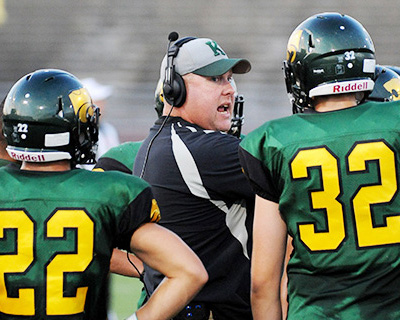 “When we are explaining something to the team, we naturally look at the faces and see if there is confusion on them,” said Brian Cochran, boys soccer coach at Centreville High (Va.), who has coached a number of Spanish-speaking players. “If the majority of the team looks confused, then we have not done a good job explaining our intentions. We then will either re-explain it, have one of the boys who did understand then explain it to the group or demonstrate what we mean.”
“When we are explaining something to the team, we naturally look at the faces and see if there is confusion on them,” said Brian Cochran, boys soccer coach at Centreville High (Va.), who has coached a number of Spanish-speaking players. “If the majority of the team looks confused, then we have not done a good job explaining our intentions. We then will either re-explain it, have one of the boys who did understand then explain it to the group or demonstrate what we mean.”
“If an athlete is important enough to be a part of your team, then it’s important enough to stop instruction to make sure they grasp the content,” adds Hartman.
During the game, it can be difficult for a non-English-speaking or ESL student to grasp instructions from officials. Hartman said he has his captains explain to the referees prior to the game that the team has a player who doesn’t speak English well. The captains ask the referee if something needs to be explained, they want to work with the officials as they know how to communicate best with all players on the team.
Wojnar said in her case with the Bulgarian basketball player, the contrast in basketball styles from Europe to America caused some issues.
“In Europe, players get away with a little more physically. With Kat being 6-foot-3 and being larger than most players on the court, this caused us some problems with referees,” Wojnar explains. “Kat was the best player on the court and the referees sometimes were surprised at the plays she made. They assumed she had to have committed a foul when she really had not, so we did have some issues with excessive fouls being called on her.”
Translators provide tremendous assistance
Don’t go alone when instructing a non-English-speaking player on your team. Yes, you are the head coach but there are plenty of people on your campus who might have the skills necessary to make this transition easier.
Wojnar explains that if not for the Rosemont College academic dean at the time being from Yugoslavia, then her Bulgarian player might not have decided to attend this school.
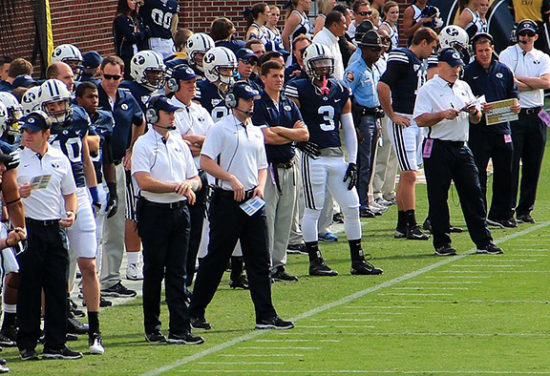 “Our academic dean could communicate with Kat better than anyone and this helped her feel more comfortable,” said Wojnar. “The bigger colleges are going to have the resources to deal with anything but at smaller schools and high schools, it’s imperative to think beyond athletics. Consider anyone associated with your school who could offer a helping hand.”
“Our academic dean could communicate with Kat better than anyone and this helped her feel more comfortable,” said Wojnar. “The bigger colleges are going to have the resources to deal with anything but at smaller schools and high schools, it’s imperative to think beyond athletics. Consider anyone associated with your school who could offer a helping hand.”
Jean Ashen, the athletic director at North Salinas High School (Calif.), said due to the large numbers of Spanish-speaking students in her school district, there is a district translator, who crosses into athletics when necessary. One headache for Ashen is that all codes of conduct and team rules need to be in writing in English and Spanish.
She also points to California’s new concussion law taking effect Jan. 1, 2012, which needed to be provided to all student-athletes and also needed to be translated into Spanish. And, Ashen said when interviewing and hiring new coaches, she keeps an eye out for bilingual candidates.
“In all our job descriptions we list being bilingual as an enhancement. It’s not a requirement but there are players on every team that are bilingual, so many of our coaches are as well,” Ashen reports.
Cochran said interpreters are “a must.” Having interpreters available makes players more comfortable and allows you not to lose out on a special talent due to language barriers. “You build your program when you have players who are no longer afraid to come out because the coach won’t be able to understand them.”
Feeling part of the team
The best piece of advice from coaches who instruct ESL or non-English-speaking athletes is simply to make those players feel like part of the team.
Faumuina-Eze does this by bringing his family to meet his team to show how different cultures live and work together. Faumuina-Eze comes from a mixed ethnicity as his father is Nigerian and his mother has “five different nationalities,” he said. His wife is Samoan.
“I make myself the example. My family comes from all over. We’re incredibly happy and love our lives. I want our players to see and understand that above anything else. Once they started to see where I came from and who is in my family, they’ve really bought into what we want to accomplish here,” he said.
Wojnar says one of the best things she did to make Kat feel part of the team was to use the Bulgarian word for “good” as one of their play calls.
“This really was a big deal for her. An 18-year-old is going through a lot and now you add in being in a different country, learning a new culture, a new language and new people. Anything you can do to make that person more comfortabledo it,” she advises. “Simply by having a play name in her native language helped acclimate her and gave her a sense of pride. And, it allowed the other players to work closely with her to pronounce the word correctly.”

